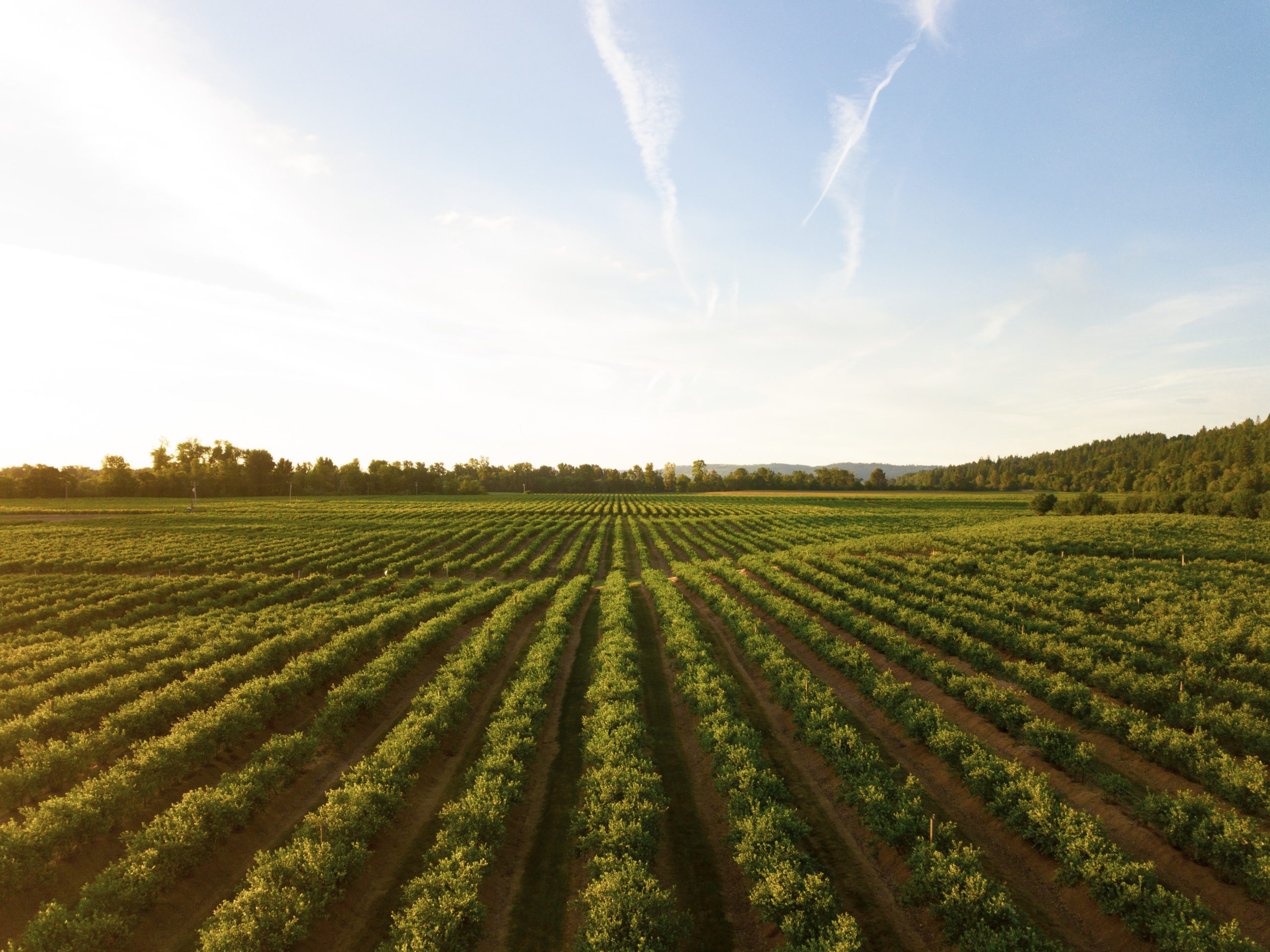Q&A: A Conversation with Darrick Steen

In March, a collaboration between the Missouri Corn Merchandising Council, the Missouri Soybean Merchandising Council, MFA, Inc. and Ecosystem Services Market Consortium (ESMC) launched a “carbon credit” system. This voluntary, two-year initiative is a pilot program until ESMC does a commercial launch in 2022. We sat down with Darrick Steen, Director of Environmental Programs for Missouri Corn Growers Association and the Missouri Soybean Association, to learn more about the program.
This conversation has been edited for brevity and clarity.
What exactly is a carbon credit?
A credit is just a forum to trade something or to be able to place a monetary value on it. We ultimately are trying to quantify positive environmental outcomes.
In this case, a lot of the talk around agricultural credits is in the carbon market space. There’s a couple different environmental outcomes that are of interest, certainly around carbon. The ability to store carbon in the soil — sequestered carbon is the technical term — through agricultural practices is of interest to farmers, as well as the industry and lots of sectors of society.
But we can also reduce carbon emissions. While plants can store carbon in the soil, we can also change practices that reduce or prevent different types of greenhouse gas emissions from getting into the atmosphere. So that’s another sort of way we can quantify the beneficial side of carbon, but it’s really not just carbon.
What we’re interested in is actually a multifaceted environmental outcomes space. We’re not only capturing the value of carbon. We’re also capturing the value that those practices have on water quality, so we’re trying to capture a water quality benefit. And then there’s also some wildlife, or biodiversity benefits as well.
Are credits traded, or are they bought and sold? What does this process look like?
The answer is yes and no. It depends on the buyer and why the buyer is potentially purchasing a credit from an agricultural producer.
If a company is purchasing a credit from an agricultural producer simply to offset its own emissions, it may be a better cost effective option for them to buy a credit from a farmer who is reducing carbon emissions, or storing carbon instead of reducing their [the company’s] own emissions. We call those offsetting emissions, so the company is offsetting their own carbon emissions by increasing emissions on a farm — basically paying a farmer by purchasing those credits. We would call that a trade.
There’s a couple different reasons why a company would purchase credits. Depending on why and how they’re using them, [it] would depend on whether we would call it a trade or just someone who’s trying to report lower emissions in their supply chain.
How would a farmer go about selling carbon credits?
In most cases, they [farmers] are going to have to do something different that produces new carbon emission reductions. For the most part, if you want to enter the pilot, the grower has to commit to doing something different this year. They have to commit to growing a cover crop on a field that didn’t have one before, or improving their nitrogen management practices or some change that results in a new, positive benefit. Otherwise, we’re not really doing anything different. We’re not really creating new carbon credits. It’s just the same as what was being done the year before. So, that’s a requirement in most carbon programs.
Is this the first time that a pilot program for carbon credits has been offered in Missouri?
There are a variety of different companies that are working with carbon markets. I think for the last two years there’s been some opportunity for growers to participate in one or two other company programs.
Right now, there are multiple opportunities for growers to sign up for carbon programs in multiple different companies and they’re all a little bit different. We often tell our growers that before you commit to anything and sign on the dotted line, you know, you need to do your homework, to make sure you know what you’re signing up for because some of them [these programs] are quite different from others.
How many farmers are participating in the pilot program so far?
I would say right now, we’ve probably got in the neighborhood of 10-20,000 acres of grower interest. We haven’t got all those acres enrolled yet — there’s a process we’ve got to work through in order to make sure that they’re eligible. We had strong interest right out of the gate when we launched. Our goal was in the 5-10,000 acre range for the year, and we’ve far exceeded that already.
Have you heard any misconceptions about the program, when you interact with growers?
I think there’s probably skepticism from farmers of whether or not the carbon markets will pan out to be what people think they’re going to be. In other words, will they be around in two or three or four or five years or longer? Will the money be there, ultimately, to pay growers for those credits? The reason there’s some skepticism there is because carbon markets aren’t new. They were around 10 years ago. There was a point in time when there were existing carbon markets, and they didn’t pan out. So a lot of growers got a bad deal from those and there’s still some feeling that that might happen again.
Paul Schloesser graduated from the University of Missouri in May 2021 with bachelor’s degrees in news reporting and political science.
